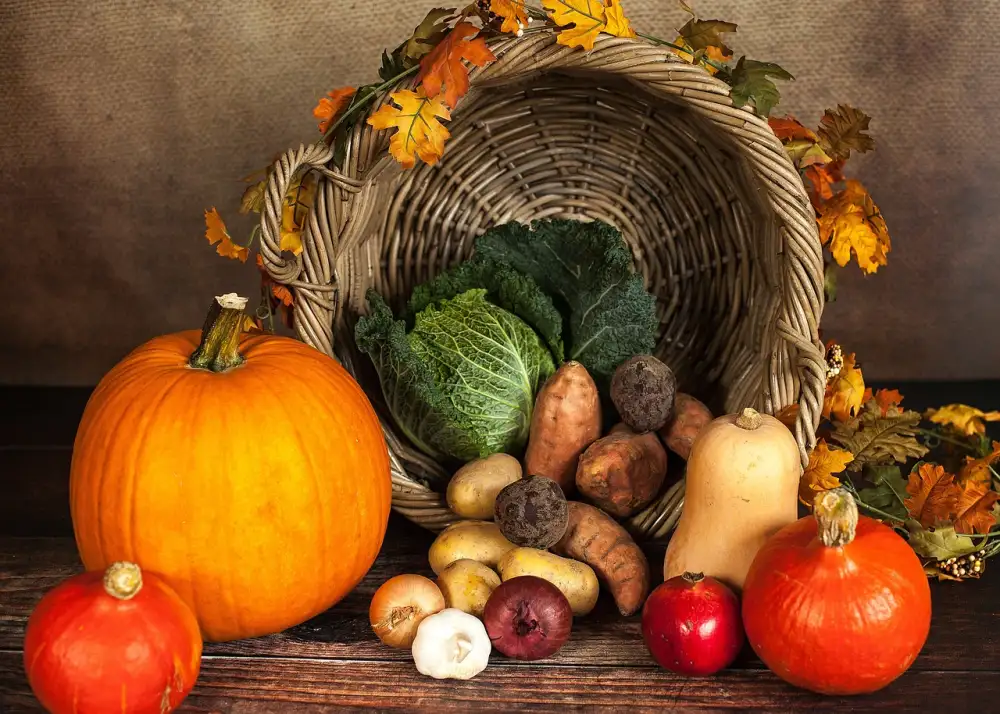Perfectly Baked Jacket Potato in Oven: A Step-by-Step Guide for a Flavorful Delight

The humble jacket potato, also known as a baked potato, is a classic comfort food that never fails to satisfy. Crispy on the outside and fluffy on the inside, it is a versatile dish that can be enjoyed as a side or even as a main course. Baking the potato in the oven ensures an even cooking and allows for endless possibilities when it comes to seasoning and toppings. In this step-by-step guide, we will walk you through the process of creating the perfect jacket potato in your oven, resulting in a flavorful delight that will leave you craving for more. So let's get started!
Preparing the potato for baking
Preparing the potato for baking is an essential step in achieving a perfectly cooked jacket potato. Start by choosing a medium-sized potato with a firm and smooth skin. Scrub the potato thoroughly under running water to remove any dirt or debris. Next, pat it dry with a clean kitchen towel. To ensure even cooking, pierce the potato several times with a fork or small knife. This will allow steam to escape during baking and prevent the potato from bursting. Finally, rub the potato with olive oil or melted butter to create a crispy and flavorful skin. Now that your potato is prepped, it's time to move on to seasoning options for a truly delicious jacket potato experience.
Seasoning options for a flavorful jacket potato
When it comes to seasoning a jacket potato, the options are endless. You can keep it simple with just salt and pepper, or you can get creative and experiment with different flavors. Some popular seasoning options include garlic powder, paprika, dried herbs like rosemary or thyme, and even a sprinkle of grated cheese for added richness. Don't be afraid to mix and match seasonings to create your own unique flavor profile. Just remember to generously coat the potato with oil or melted butter before adding the seasonings to ensure they stick well and enhance the overall taste of your jacket potato.
Wrapping the potato for even cooking
To ensure even cooking and a perfectly baked jacket potato, it is important to wrap the potato before placing it in the oven. Wrapping helps to trap steam and heat, creating a moist and tender interior while allowing the skin to crisp up beautifully.
There are a few options for wrapping your potato. The most common method is using aluminum foil. Simply tear off a piece of foil large enough to completely encase the potato. Place the potato in the center of the foil and fold up the sides, sealing it tightly.
Another option is using parchment paper. Cut a piece of parchment paper large enough to wrap around the potato. Place the potato in the center and fold up the sides, securing it with kitchen twine or a metal clip.
For those who prefer a crispy skin, you can skip wrapping altogether. Just place the seasoned potato directly on a baking sheet lined with parchment paper or aluminum foil.
Regardless of which method you choose, make sure that the wrapping is secure to prevent any steam from escaping during baking. This will help create an evenly cooked jacket potato with a deliciously soft inside and crispy outside.
Now that your potato is wrapped and ready for baking, let's move on to the next step: baking it to perfection!
Baking the jacket potato to perfection
Baking the jacket potato to perfection is the key to achieving a crispy skin and fluffy interior. Preheat your oven to 400°F (200°C) for optimal results. Place the prepared potato directly on the oven rack or on a baking sheet lined with foil for easy cleanup. This will allow the heat to circulate evenly around the potato, ensuring even cooking.
Bake the potato for approximately 60-75 minutes, depending on its size. Larger potatoes may require longer cooking times. Avoid opening the oven door too frequently as this can cause temperature fluctuations and affect the cooking process.
Halfway through baking, carefully flip the potato over using tongs or oven mitts to ensure even browning. This will help achieve a uniformly crispy skin.
To enhance the flavor and texture of your jacket potato, you can brush it with melted butter or olive oil before placing it in the oven. This will result in a golden and slightly crunchy exterior.
Keep an eye on your potato towards the end of the cooking time to prevent over-browning. The skin should be crisp and easily pierced with a fork when fully cooked.
Remember that cooking times may vary depending on your oven's temperature accuracy, so it's always a good idea to test for doneness before removing from the oven.
Testing for doneness and adjusting cooking time if needed
Once the baking time is up, it's important to test the doneness of your jacket potato before taking it out of the oven. Carefully insert a fork or skewer into the center of the potato. If it goes in easily and the flesh feels soft, your potato is done. However, if there is resistance or the center feels firm, it needs more time to cook.
If your jacket potato isn't fully cooked, simply place it back in the oven for an additional 5-10 minutes and retest. Keep in mind that cooking times may vary depending on the size and type of potato, so be patient and adjust accordingly.
Remember not to overcook your jacket potato as it can become mushy. It's better to slightly undercook it and let residual heat finish the job while resting outside the oven. This will ensure a fluffy interior with a crispy skin.
By testing for doneness and adjusting cooking time if needed, you'll achieve a perfectly baked jacket potato that will be a delightful treat for your taste buds.
Serving suggestions and toppings for a delicious jacket potato
When it comes to serving a delicious jacket potato, the options are endless. You can keep it simple and top it with classic butter and sour cream for a creamy and indulgent treat. For a healthier twist, try topping it with Greek yogurt instead of sour cream.
If you're looking for something more flavorful, consider adding some grated cheese, crispy bacon bits, and chopped chives for a loaded baked potato experience. You can also experiment with different types of cheese like cheddar, mozzarella, or even blue cheese.
For a vegetarian option, try topping your jacket potato with sautéed mushrooms and onions, along with some crumbled feta cheese. This combination adds a savory and earthy flavor that pairs perfectly with the fluffy potato.
If you're feeling adventurous, why not try a Tex-Mex inspired topping? Add some spicy chili con carne, diced tomatoes, sliced jalapenos, and a dollop of guacamole or salsa for an explosion of flavors.
Lastly, don't forget about the power of herbs and spices. Sprinkle some fresh parsley or cilantro on top for a burst of freshness. You can also add some smoked paprika or cayenne pepper to give your jacket potato a kick.
Remember to serve your jacket potato hot off the oven to maintain its crisp skin and fluffy interior. Whether you choose classic toppings or get creative with unique combinations, the result will be a delicious and satisfying meal that will leave you craving more.
In conclusion, mastering the art of baking a perfect jacket potato in the oven is all about attention to detail and understanding the cooking process. By following these steps and tips, you can enjoy a flavorful and satisfying dish every time:
1. Choose the right type of potato – Russet potatoes are ideal for jacket potatoes due to their fluffy texture.
2. Preheat your oven to ensure even cooking and crispy skin.
3. Season generously with salt and pepper, or experiment with different herbs and spices for added flavor.
4. Wrap the potato tightly in foil or parchment paper to lock in moisture and promote even cooking.
5. Bake at 400°F (200°C) for around 60-75 minutes, depending on the size of your potato.
6. Test for doneness by gently squeezing the potato – it should feel soft and yield easily to pressure.
7. If needed, adjust cooking time by returning the potato to the oven for additional 10-15 minutes until fully cooked.
8. Serve your jacket potato hot with a variety of toppings like butter, sour cream, cheese, bacon bits, chives, or chili.
Remember to be patient throughout the process as slow baking ensures a fluffy interior and crispy skin. With practice and these final tips, you'll be able to create a mouthwatering jacket potato that will impress your taste buds every time!
Published: 21. 11. 2023
Category: Food



